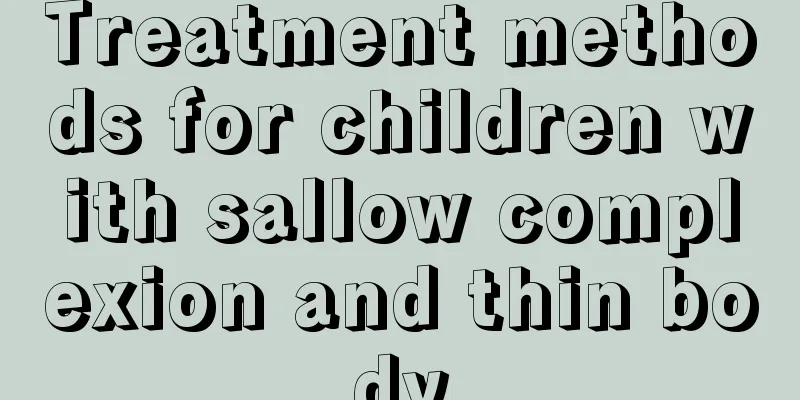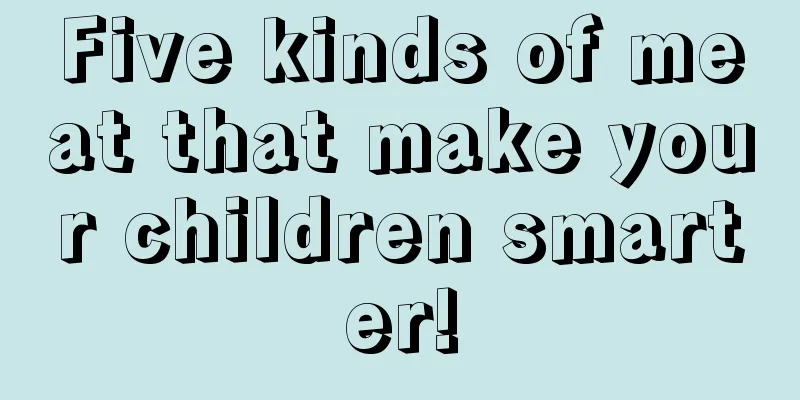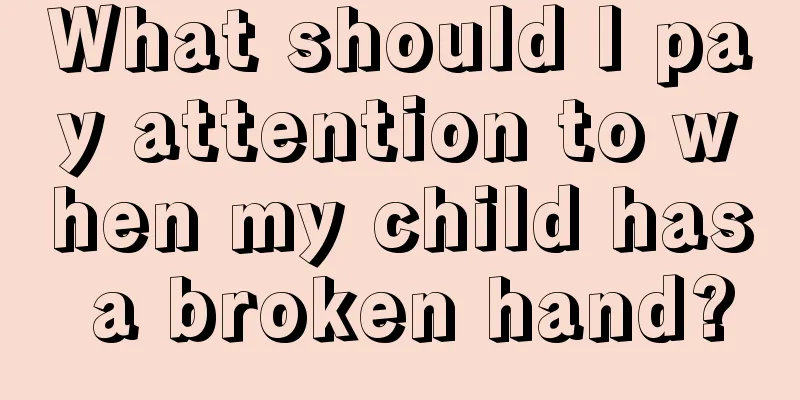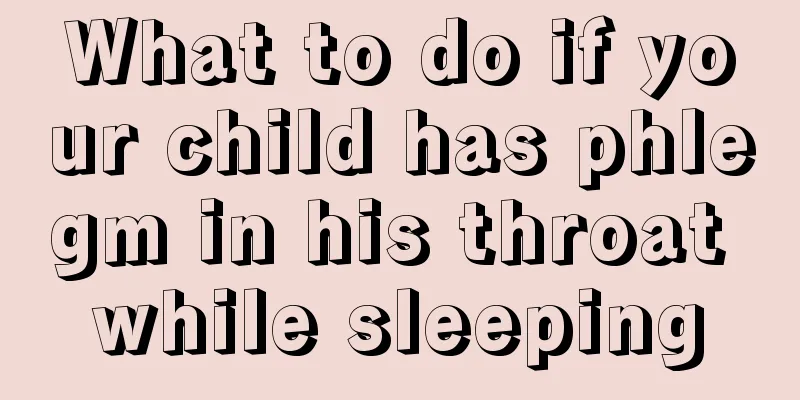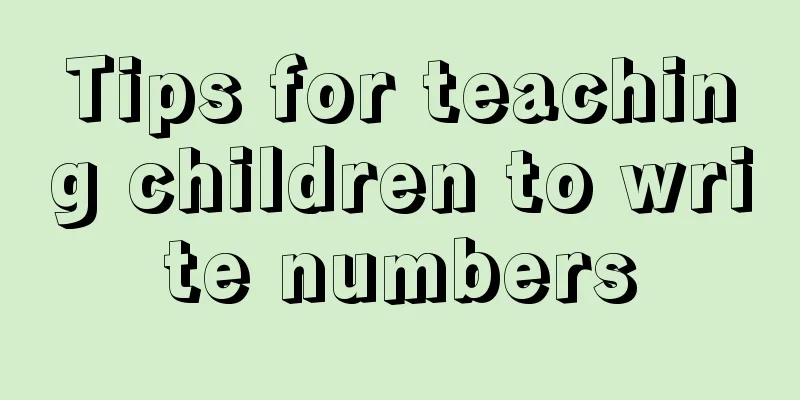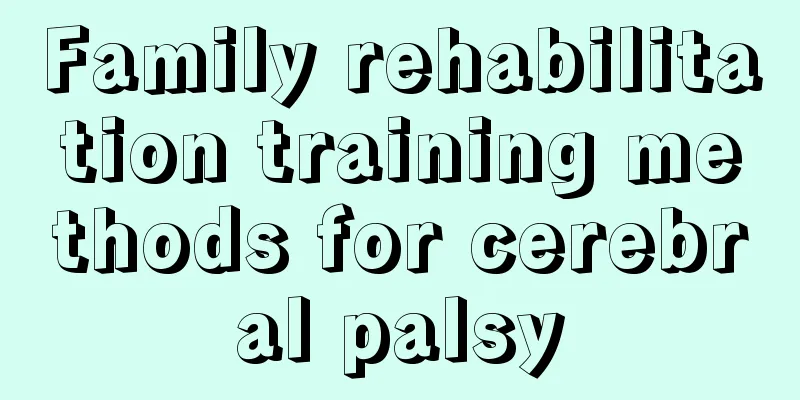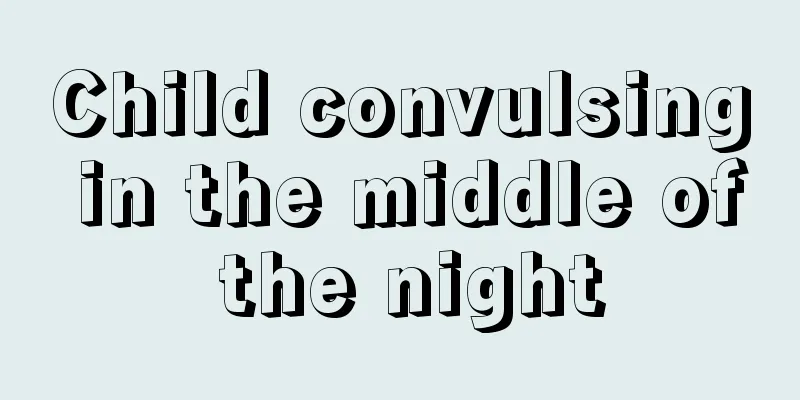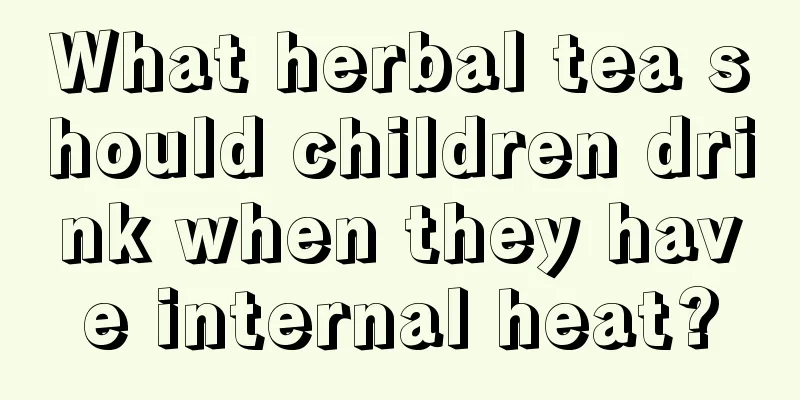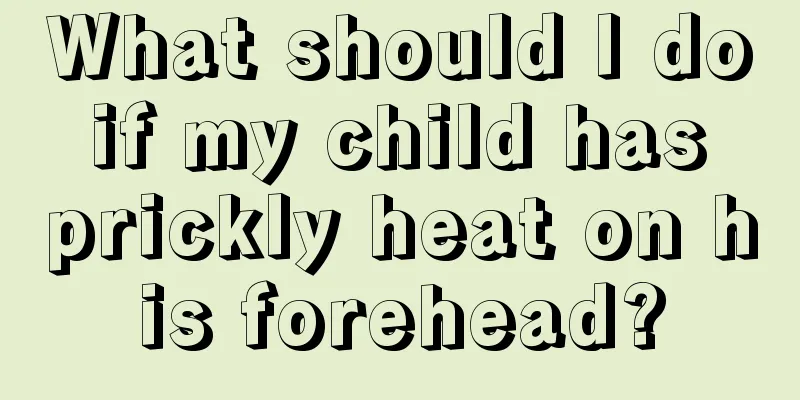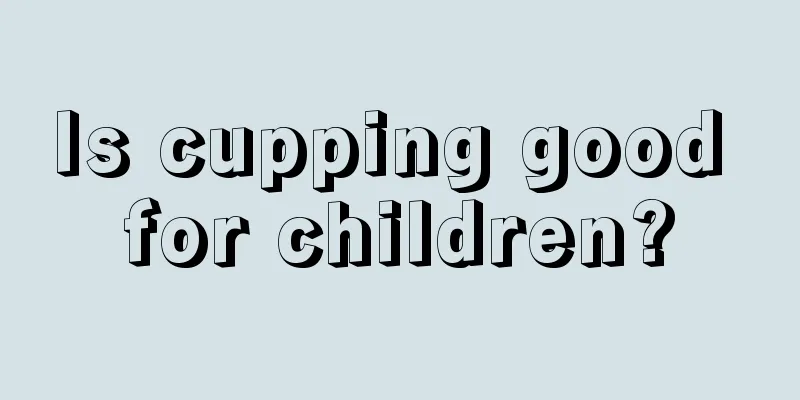Symptoms of febrile seizures in children
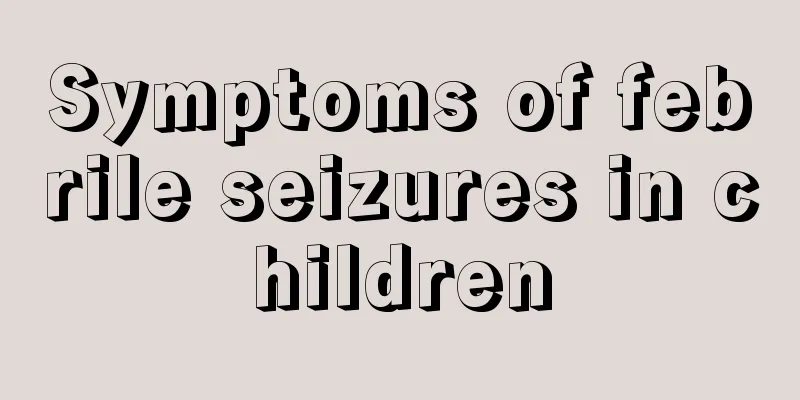
|
Febrile convulsions in children are nothing new nowadays, and the incidence rate is still very high. Febrile convulsions in children can cause many diseases, among which brain diseases are the most serious. However, many parents still do not understand febrile convulsions in children and do not know what they are like when they occur. So today I will introduce to you in detail the main manifestations of febrile convulsions in children.
Febrile seizures can be divided into two types: simple and complex, depending on the age of onset, severity of seizures, and neurological signs. The simple type usually presents between 4 months and 4 years of age. Convulsions occur soon after high fever and last for 5-10 minutes. Convulsions are systemic, the nervous system is normal before and after the attack, and the EEG is normal one week after the fever subsides. This type accounts for the majority of febrile convulsions and has a good prognosis. Complex seizures last for more than 15-30 minutes. The seizures are systemic or focal, and there may be neurological signs. Seizures occur 2 or more times during one fever. They may occur in children under 6 months old or over 6 years old. This type is only a minority.
If the convulsion is caused by hypocalcemia, the child may be conscious. If the patient convulses again before consciousness is restored or the convulsions persist, it indicates that the condition is serious and may lead to death due to cerebral edema or respiratory failure. If the location of the twitch is localized and constant, it often has localization significance. 3. Abnormal actions Neonatal seizures are often manifested by a variety of abnormal movements, such as apnea, irregular breathing, staring eyes, paroxysmal pallor or cyanosis. Convulsions in infants and young children sometimes only manifest as twitching of the corners of the mouth or eyes, twitching of one limb, or alternating twitching of both limbs. Neonatal convulsions are rarely manifested by systemic convulsions, but are often manifested by irregular or paused breathing, paroxysmal cyanosis or pallor, staring eyes, nystagmus, blinking movements, or sucking and chewing movements.
Status convulsiveus: A seizure lasts for more than 30 minutes, or consciousness cannot be fully restored between seizures. It is a critical type of convulsion. Prolonged convulsions can cause high fever, hypoxic brain damage, cerebral edema and even brain herniation. |
<<: What causes a child to have a seizure while sleeping?
>>: What is the best mosquito repellent for babies?
Recommend
Reasons why children can't sit still in class
Some children are prone to being active and unabl...
What to do if your newborn baby has dry lips
The weather will become particularly dry in autum...
What to do if your child has a fever and refuses to take medicine
Babies always have a poor appetite and refuse to ...
Can you pinch a baby's nose?
In life, some mothers hope that their baby’s nose...
What should we do if children have hyperopia or amblyopia?
Hyperopia and amblyopia are common diseases in ch...
Does your child have purulent discharge from his eyes?
If your baby has purulent secretions in his eyes,...
Why does my four-month-old baby have green stools?
Sometimes children's stools may be green, whi...
What to do if your child coughs
As long as the child shows some minor physical di...
What should we do if children’s teeth are not aligned?
In daily life, we often find that many children h...
What should I do if my child always catches a cold and has a fever?
Nowadays, many children have weaker resistance th...
What to do if your baby always has a runny nose
For mothers, their children's every move is c...
Treatment of baby's scalp scabs
The problem of baby's scalp scabs makes our m...
What should I do if my four-month-old baby has eczema on his head?
Eczema is a common skin disease. In many cases, e...
Treatment for pimples on children
The phenomenon of pimples on children's bodie...
What to do if the child's rash does not come out
It is a very common symptom for children to have ...
